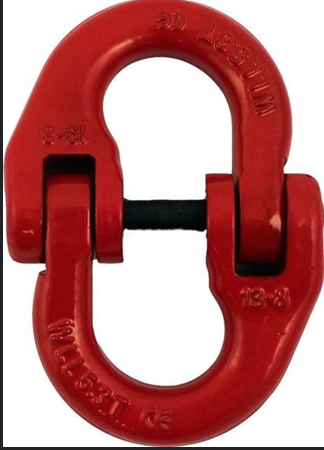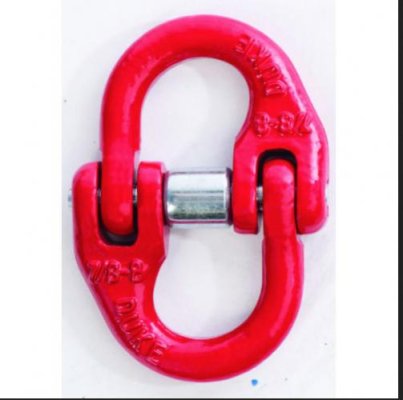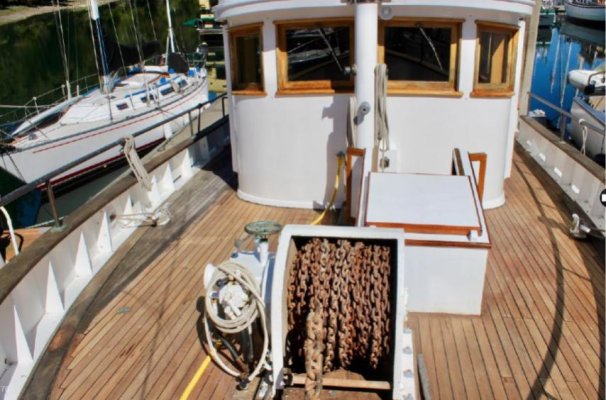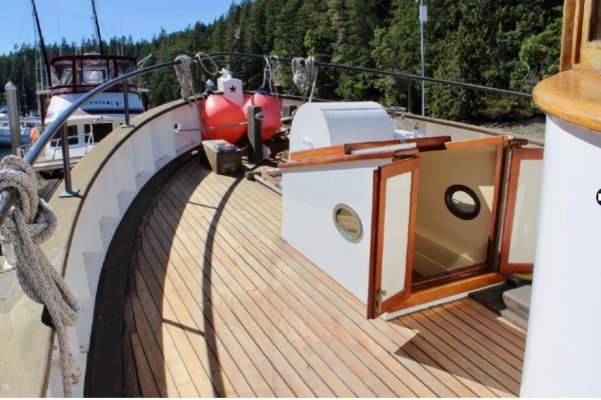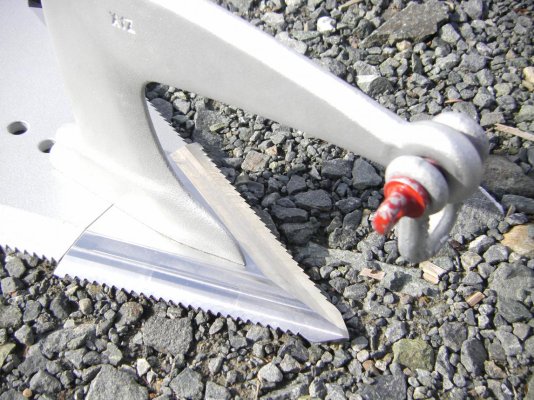mvweebles
Guru
- Joined
- Mar 21, 2019
- Messages
- 7,777
- Location
- United States
- Vessel Name
- Weebles
- Vessel Make
- 1970 Willard 36 Trawler
SV Panope's Steve Goodwin put out this video showing various anchor eyes and how they are sized to fit a shackle. Never occurred to me there was something to look at at this end of the anchor but there is.
Fair warning - this is a bit nerdy.
https://youtu.be/WxvlsL7en40
Fair warning - this is a bit nerdy.
https://youtu.be/WxvlsL7en40



